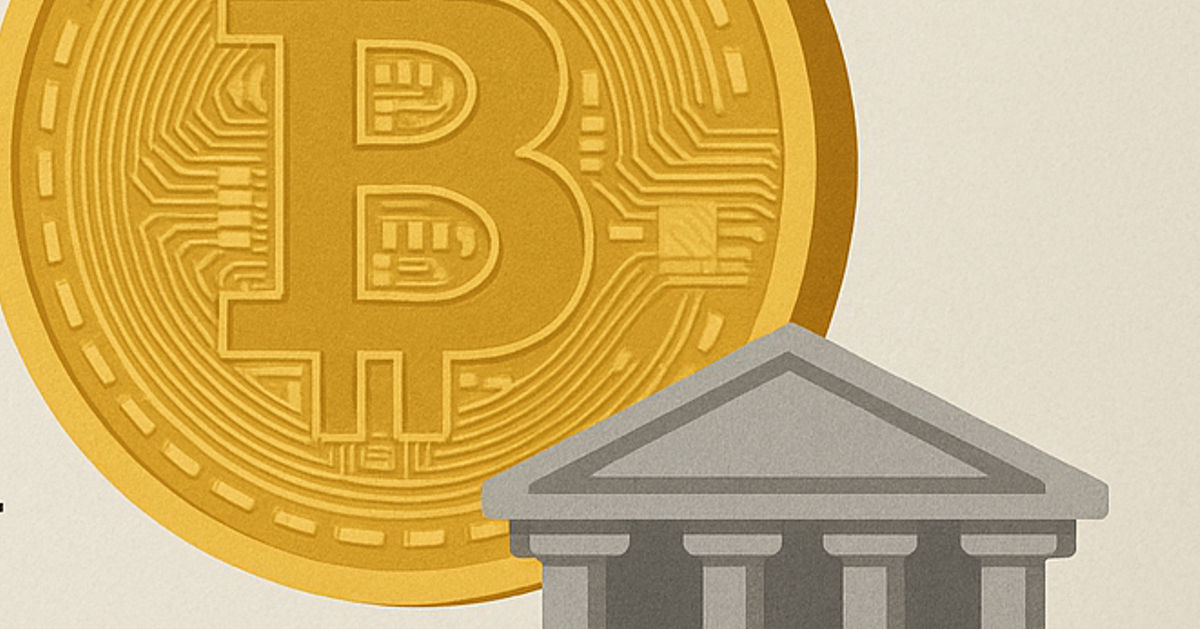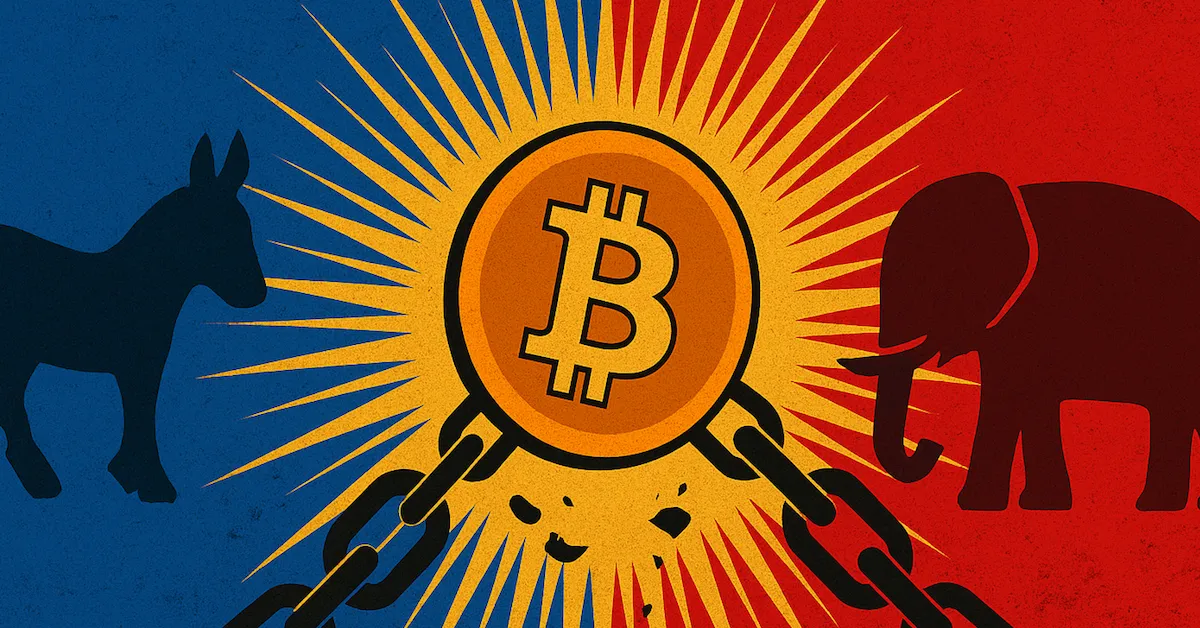Prediction Markets Signal Major Bitcoin Price Shift
Bitcoin price prediction markets are emerging as a valuable tool for assessing real-time sentiment and future price expectations within the cryptocurrency landscape. Platforms such as Polymarket and Kalshi allow traders to place wagers on Bitcoin's future price outcomes, generating aggregated odds that reflect the collective belief of market participants regarding BTC's trajectory. As these markets experience increased trading volumes and dynamic shifts in odds due to volatility, they are steadily gaining credibility as a forward-looking indicator of sentiment for the broader Bitcoin economy.
A key aspect of these markets is the ability to extract actionable insights, often referred to as 'Bitcoin Price Alpha.' For instance, in early October, Polymarket traders initially predicted BTC would close 2025 around $144,000. However, with increased volatility and a subsequent dip in BTC's price, this forecast adjusted downward to approximately $129,000. These real-time updates encapsulate the collective positioning and sentiment of thousands of participants, representing millions of dollars in capital. By continuously tracking the ratio between BTC’s spot price and the predicted year-end price, distinct sentiment trends become apparent. A significant spike in this ratio, indicating the spot price is considerably below the market's forecast, often signals periods of excessive fear or undervaluation. Conversely, when BTC trades close to the predicted price, it can suggest an overheated market nearing local peaks.
To refine this signal, normalizing the data to account for the natural narrowing of prediction volatility as the year progresses provides greater clarity. Historically, the highest percentile of days, characterized by the widest gap between predicted and spot prices, has correlated with market lows. Conversely, the lowest percentile of days, where the gap is narrowest, has aligned with local market highs, offering a contrarian signal for accumulation or reduction of exposure.
While Polymarket frequently cites an impressive 91% accuracy rate, a more in-depth analysis reveals this figure is often inflated by markets with extreme odds, such as highly improbable scenarios like "Bitcoin to hit $250,000 by year-end," which overwhelmingly resolve as 'no'. Excluding these outlier predictions yields a more realistic accuracy rate closer to 71% for BTC-related prediction markets. Although this figure remains notable, it highlights that these markets do not offer predictive certainty.
An interesting comparison arises when examining the standardized ratio of prediction-market expectations against BTC's actual price; this data moves inversely to the widely recognized Fear and Greed Index. When fear predominates the market, the prediction market ratio suggests that traders are undervaluing Bitcoin. Conversely, periods of extreme greed coincide with markets pricing BTC near or even above forecasted levels. This strong overlap indicates that prediction markets, much like other sentiment gauges, are effective in identifying instances where market emotions have swung too far in one direction.
In terms of trading implications, prediction markets alone may not consistently provide a trading edge, as their crowd-based probabilities are efficient but not infallible. However, when integrated with other sentiment indicators like the Fear and Greed Index or on-chain data, they can illuminate asymmetries in market perception. Historically, trading strategies that involve accumulating BTC during periods of extreme fear and reducing exposure during times of market euphoria have demonstrated superior performance compared to a simple buy-and-hold approach. When prediction markets corroborate these periods of widespread fear, the data further strengthens the argument for opportunistic accumulation.
In conclusion, Bitcoin price prediction markets are not infallible crystal balls but rather powerful reflections of the aggregated conviction of thousands of informed participants investing real money. While not perfectly accurate, their probabilities adeptly track human sentiment. When these odds significantly diverge from the spot price, particularly during moments of widespread fear, they can provide a data-driven contrarian signal that warrants careful attention for strategic investment decisions.
You may also like...
The 1896 Adwa War: How Ethiopia Defied Colonialism

Ethiopia with the exception of Liberia which was used as a settler place for freed slaves remains the only African Count...
Why We Need Sleep: Inside the Brain’s Night Shift

Even when you’re asleep, your brain is quietly up to something, sorting, cleaning, and working behind the scenes.
When Nollywood Meets Netflix: The Creative Tug Between Local Storytelling and Global Algorithms

Nollywood’s partnership with Netflix is rewriting the script for African cinema, offering global reach but raising quest...
Mozambique's LNG Megaproject: A Promise or Peril?

TotalEnergies is leading a consortium in Mozambique as it promises potential restructuring of the nation's energy se...
Aliko Dangote, Africa’s Wealth King: First African-Born Billionaire to Cross $30B

Aliko Dangote, the richest Black man in the world, has reached a new milestone, with a net worth of $30.3 billion, accor...
WAEC Conducts Trial Essay Test Ahead of Full Computer-Based WASSCE in 2026

The trial Computer-Based Test (CBT) for the WAEC essay was held on Thursday, October 23, 2025. The exercise was conducte...
Can Long- Distance Love really work?

Can love really survive when touch becomes a memory and connection lives behind a screen? For many, distance isn’t the ...
Nigeria’s Rental Crisis: House of Representatives Moves to Cap Rent Hikes at 20%

Nigeria's rental market has been under intense pressure, and now lawmakers are stepping in. The House of Rep. has called...




